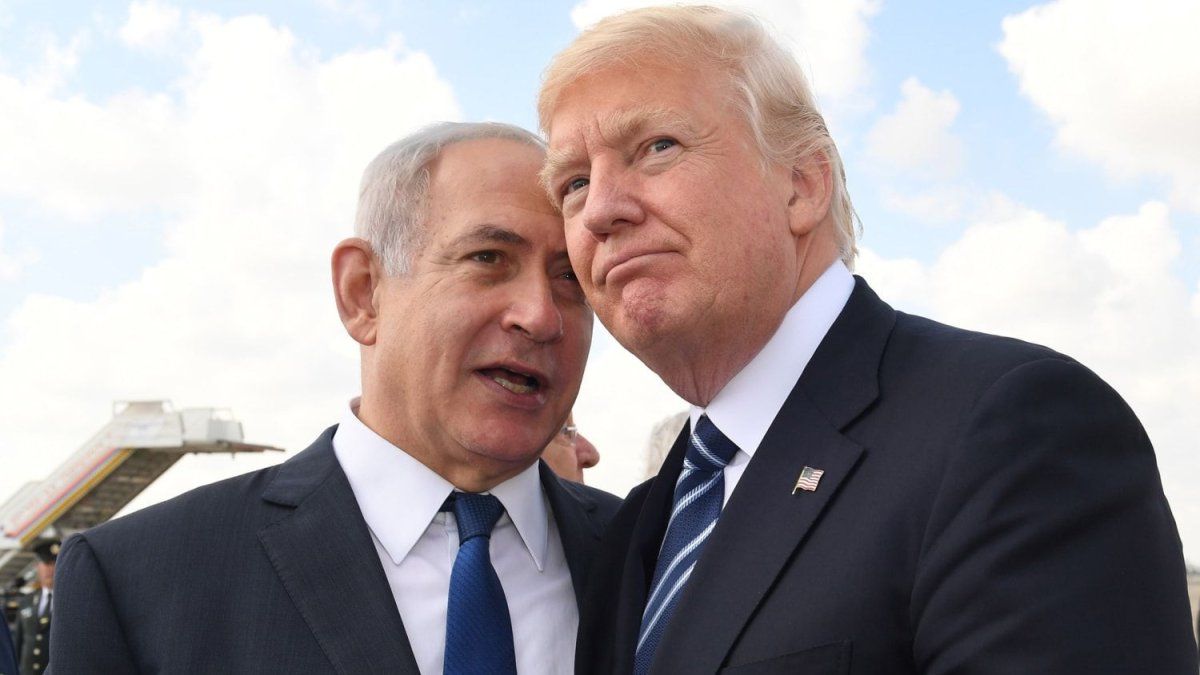Parallel dollars made a strong jump in recent days after a relative pax exchange rate that reigned since December 13, but if you compare them with how they were a month ago, they have practically not changed. Since both traded around $1,100 on Friday, January 5, and, in November 2023, the MEP dollar touched $1,010, while the CCL had exceeded $1,100 in October of last year. In this context, different financial analysts evaluate, in dialogue with Ambit if it’s time to do carry trade or where to put the pesos.
“Us We recently proposed that it was time to do a carry trade and, if we consider that the rate in pesos is for an LEDE at 8.66% per month and to that we add that the MEP exchange rate is not beating inflation, it may become a good time to sell dollars and put savings at a rate in pesos and then take the profit and repurchase,” he says about it. Ignacio Zorzoli, Director of Finance of the Argentina XXI Center for Economic Studies (CEEAXXI).
He clarifies, however, that the only problem with that is facing a devaluation. “There the cost of hedging is much higher than carrying,” says the analyst. And he explains that an abrupt devaluation, like the one that happened in August 2019, can generate enormous losses.
The rate, at the floor, but it beat the dollar
Christian Buteler, economist and expert in capital markets, indicates, for its part, that “the official dollar moves at 2% monthly while the rates in the market are much higher”, but that, as is known, that market is totally limited and the saver cannot access that square.
On the other hand, it mentions that the rate in the last time beat the free dollars, despite the fact that it is low (11% until December 13 and 9% since that moment). Thus, in his opinion, the reference exchange rate that must be taken is the MEP dollar and the Cash With Settlement (CCL) and not the official one. However, he indicates that it is a situation that varies according to the movement of the markets, so carry is not a safe bet.
It is worth mentioning that the MEP dollar and the CCL come with momentum bullish in the last two days and is above $1,100. Thus, they slightly surpassed their nominal records that they reached in mid-December of last year, in a place that seems to begin to reactivate the taking of coverage in the face of high inflation, which is expected to reach 30% in December and be around 25% in the first month of 2024. However, They are progressing far behind inflation and, as said, they are just reaching similar price levels to those they had a year ago.
The dollar officiates: does it resist the 2% crawl?
Also, since The official dollar had an initial overshoot on December 13 of 118% and a rhythm of daily microdevaluations of 2% monthly was then set. “Since Milei won, there has been relative calm due to the fact that the market has been somewhat trusting in the signals that the new management has given,” describes F2 Soluciones Financieras analyst Andrés Reschini.
However, many analysts doubt that this can be maintained and, in fact, in recent days, an alteration in the dollar has been observed in response to several factors that generate uncertainty: doubts regarding the agreement with the Monetary Fund (IMF), the debate that exists around the omnibus law and the Government’s megadecree and the problems that the economic team is having to resolve the problem of importers’ debt that the Central Bank (BCRA) has.
In this context, other City analysts They recommend a more careful strategy in which they foresee a greater jump in the official dollar. Capital market expert Marcelo Bastante points out along these lines, who points out that “we have to be extremely cautious, “A carry trade can be foreseen when there is visibility that the exchange rate will remain stable for a period of time.”
BCRA Central Bank
The BCRA is betting on a daily devaluation rate of 2% per month.
Ignacio Petunchi
In this sense, the analyst observes that, although the BCRA published a roadmap in which it anticipated a devaluation of 2% monthly after the jump from $380 to $800, the reality is that betting on a carry trade is a move for a risky investor”.
Carry trade: what type of investor is it suitable for?
His position is based on the fact that, with monthly inflation of 30% and ultra-negative real interest rates, a devaluation rate of only 2% does not look sustainable in the medium term. That is to say, he sees it as a short-term play.
Consequently, for Bastante, Carry is a possible option, but it is not a recommended strategy for a conservative investor. He considers that there is a possibility of taking advantage of a yield in pesos that beats the current exchange rate peace through inflation-adjustable bonds (CERs), but warns that “they are very expensive and, in some cases, yield -70%” .
On the contrary, They see a better alternative in dollar linked bonds, since they adjusted after the devaluation and subsequently remained stable. However, he warns that “the problem with dollar linked is that many of these instruments do not have as much liquidity.”
Meanwhile, he believes that Argentine stocks, compared to others in the region, remain cheap, Therefore, he maintains that, “in the best of cases, it can be a medium or long-term strategy, never with a horizon as short as 2 months” and points out that an alternative could be the Common Investment Funds (FCI) that They invest in adjustable pesos or dollar linked as well.
Thus, as Bastante maintains, today, All analysts debate what to invest the pesos in and consider that “there are no magic recipes” given that the window of supposed exchange rate pax is very short and coincides with a period of uncertainty at the political level due to the treatment of the DNU and the omnibus bill.
Source: Ambito
I am a 24-year-old writer and journalist who has been working in the news industry for the past two years. I write primarily about market news, so if you’re looking for insights into what’s going on in the stock market or economic indicators, you’ve come to the right place. I also dabble in writing articles on lifestyle trends and pop culture news.




